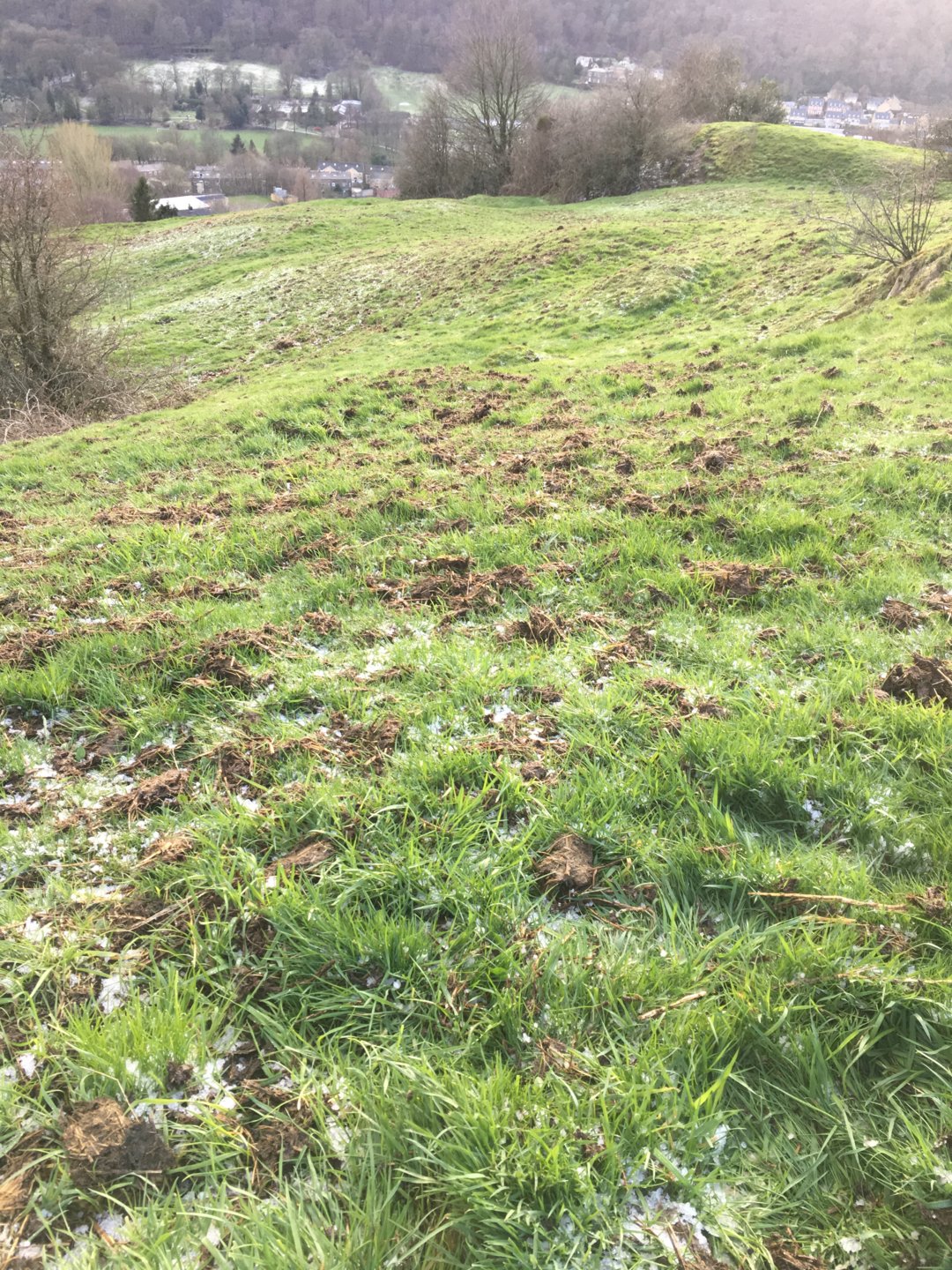JD-Kid
Member
- Location
- Akaroa.. New Zealand
light spray top then toss on seed harrow the hell out of it do raindance
if you can't get bulk lime on lime pellets will work but need to be applyed each year as part of fert program
do soil tests for a start then work from there
if you can't get bulk lime on lime pellets will work but need to be applyed each year as part of fert program
do soil tests for a start then work from there

















